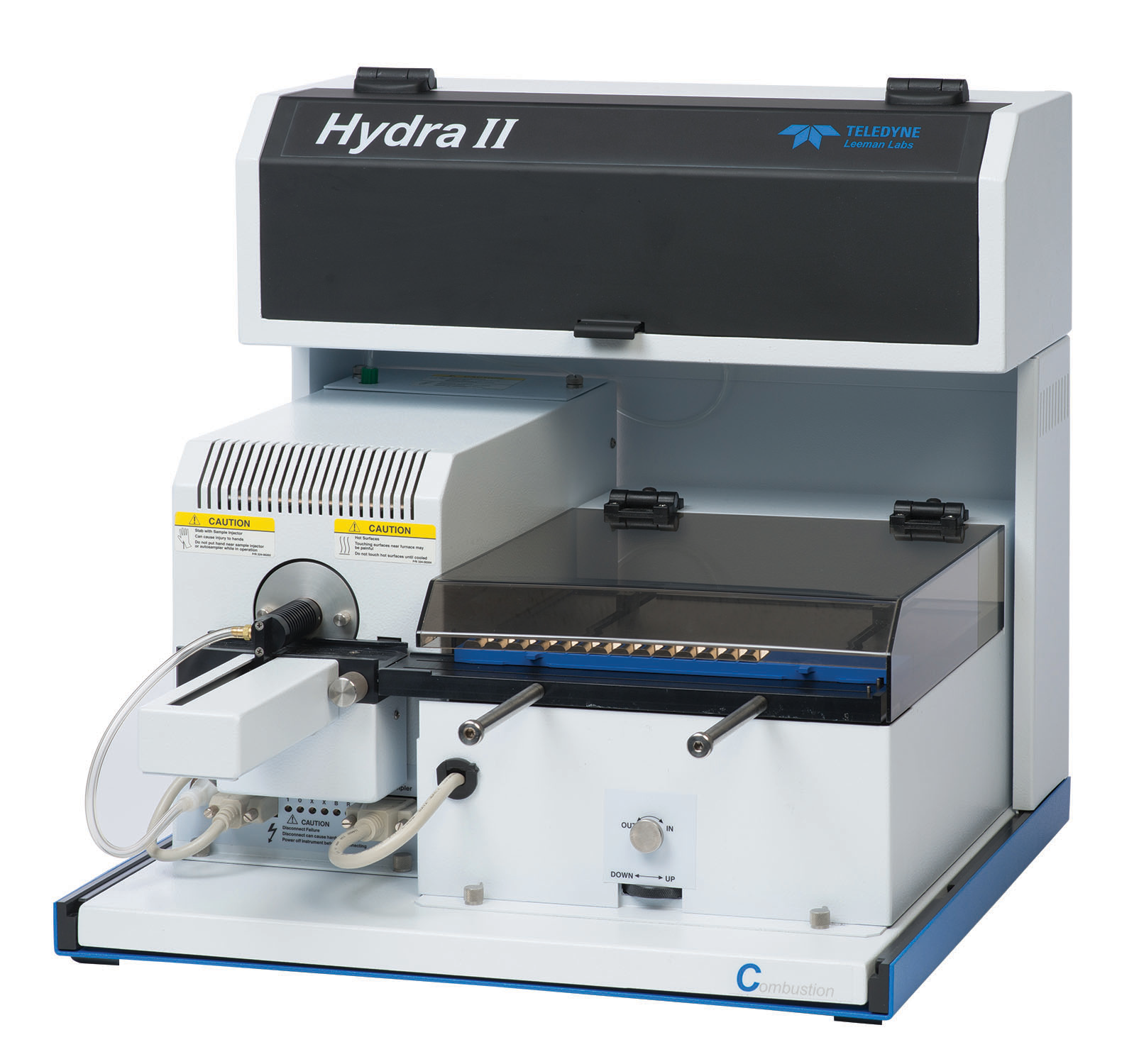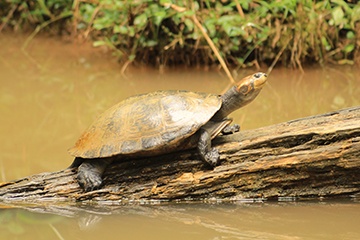Scientists are increasingly using trees for biomonitoring mercury and other atmospheric pollutants. Leaves from a variety of species have been widely used for measuring mercury pollution, but when it comes to pine, only the pine bark has been used. Scientist have started to study a strip of pine trees adjacent to Almadén in south central Spain, where the largest cinnabar deposits in the world have been mined for more than 2,000 years to obtain metallic mercury. The scientists are specifically collecting pine tree needles from sites adjacent to the mining strip in order to evaluate the needles as monitors of mercury contamination. For the study, published in October 2017 in Environmental Science and Pollution Research, scientist also gathered leaves, needles and soil from other locations to monitor mercury contamination in the area during the night and day.
Read More


 Researchers have turned coffee grounds into a spongy filter that absorbs heavy metals from water. The filter, which was described in the September 2016 issue of the American Chemical Society's journal
Researchers have turned coffee grounds into a spongy filter that absorbs heavy metals from water. The filter, which was described in the September 2016 issue of the American Chemical Society's journal  Quartz magazine recently listed its most underrated scientific breakthroughs of 2017. In addition to a pill that treats mental illness with built-in data tracking, floating wind farms, the oldest ice core ever drilled out of Antarctica and the emergence of lab made clothing, was an interesting tidbit about scientists watching two neutron stars collide for the first time. The discovery, by scientists from Laser Interferometer Gravitational-wave Observatory (LIGO), suggests that we are all made of elements created in stars.
Quartz magazine recently listed its most underrated scientific breakthroughs of 2017. In addition to a pill that treats mental illness with built-in data tracking, floating wind farms, the oldest ice core ever drilled out of Antarctica and the emergence of lab made clothing, was an interesting tidbit about scientists watching two neutron stars collide for the first time. The discovery, by scientists from Laser Interferometer Gravitational-wave Observatory (LIGO), suggests that we are all made of elements created in stars.





